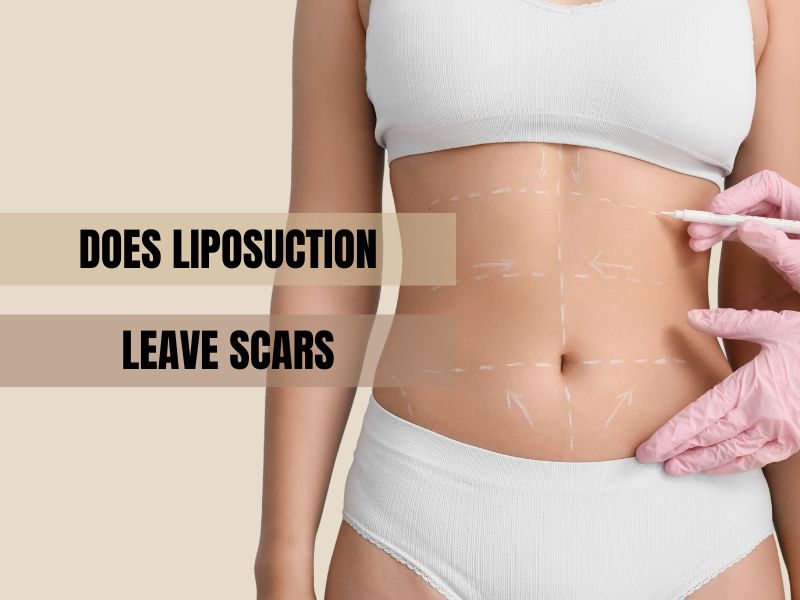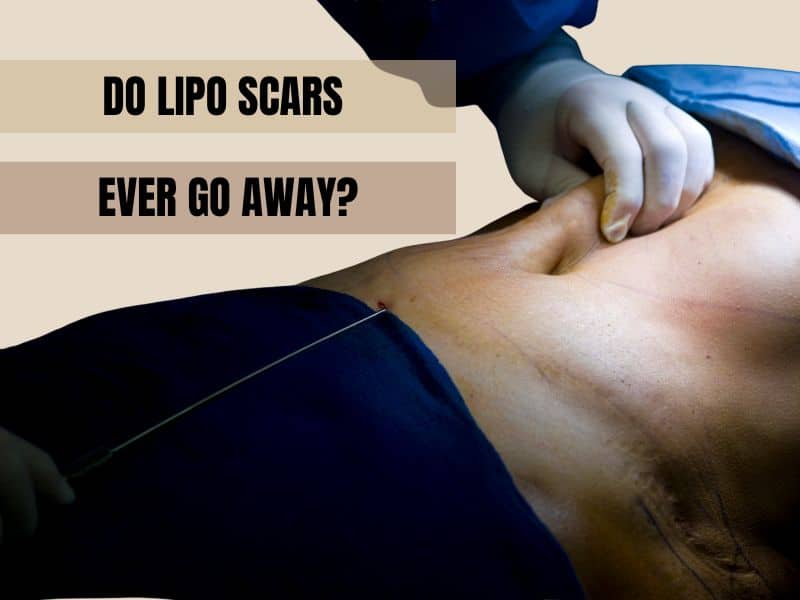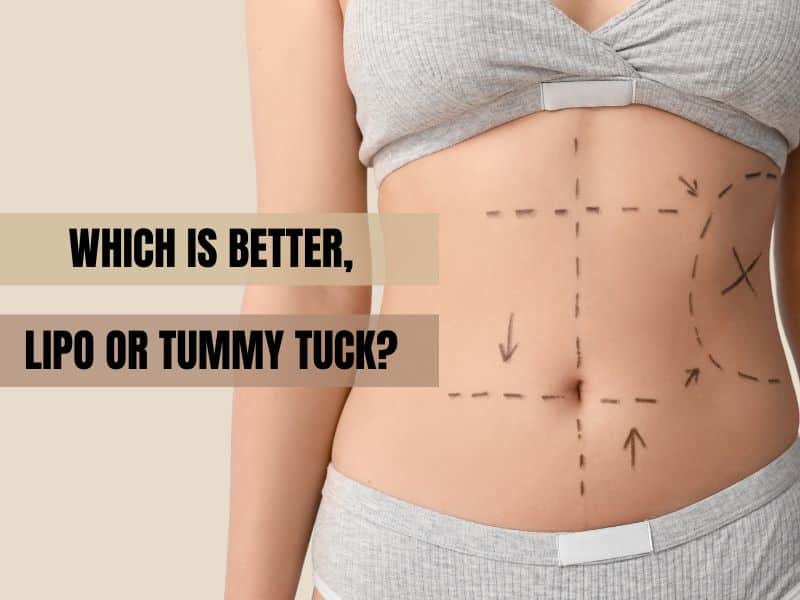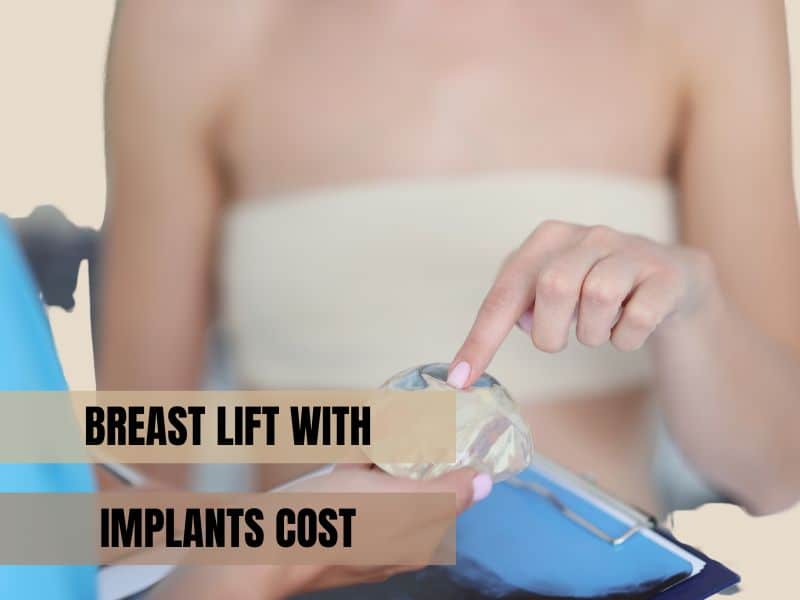What Is Double Eyelid Surgery?
It is not uncommon for people of Korean, Japanese, Chinese, and other North Eastern descents to desire larger looking eyes and more eyelid visibility. Naturally, these individuals tend to have a smaller lid height when compared to those of other backgrounds. The procedure that can help achieve these goals is called double eyelid surgery.
What Is Double Eyelid Surgery?
Double eyelid surgery — sometimes referred to as Asian eyelid surgery, Asian blepharoplasty, or double eyelid blepharoplasty — is a type of facial cosmetic eyelid surgery that creates an additional crease in the upper lid.
The surgery involves make an incision on the upper eyelid and removing excess eyelid skin and excess fat. Sometimes, a small amount of muscle is also removed. The incision is then carefully closed, and the incision line will create a new crease, which gives the patient additional visible eyelid space.
What Do Double Eyelids Look Like?
Double eyelids have a distinct crease that separates the upper eyelid into two sections: the area below the crease that covers the eye and the skin above it. This crease makes the eyes appear larger, more open, and more defined.
While natural double eyelids come in different shapes and sizes, the surgery aims to create a crease that looks as natural as possible and complements the patient’s unique facial structure.
Why Do People Get Double Eyelid Surgery?
There are several reasons why individuals opt for double eyelid surgery. Some of the most common motivations include:
- Aesthetic preference: Many people simply prefer the look of double eyelids, as they can enhance the overall appearance of the eyes, making them appear larger and brighter.
- Makeup application: Having a defined eyelid crease can make it easier to apply makeup, such as eyeliner and eyeshadow, allowing for more creative styles and a smoother application.
- Asymmetry correction: Some individuals have one single eyelid and one double eyelid or uneven creases, and the procedure can create a more symmetrical look.
- Improved vision: In some cases, excess eyelid skin can droop over the eyes and obstruct vision. Double eyelid surgery can help by removing this excess skin, improving both appearance and functionality.
Double Eyelid Surgery vs Upper Eyelid Blepharoplasty
Patients frequently confuse double eyelid surgery with upper eyelid blepharoplasty. The two are very similar, but they are performed for different reasons.
As stated above, double eyelid surgery is performed primarily on individuals of North Eastern descent, who desire more of an eyelid appearance when their eyes are open. These patients have what’s called a monolid eyelid, and they feel that their eyes don’t open far enough. They would like to have that extra crease above their eyes.
On the other hand, upper eyelid blepharoplasty, or upper eyelid surgery, is usually performed on mature men and women of any descent who have signs of aging on their eyelids and something called ptosis
With that said, surgery on the upper eyelids can be performed on anyone of any age. It’s also not uncommon for younger patients to desire more of a lifted appearance on their upper lids and brow area and to undergo eyelid surgery to achieve that result.
What Is Eyelid Ptosis?
Ptosis is basically a drooping eyelid. It occurs when the upper lids sag, droop, and basically fall over the eye. Patients often find drooping eyelids unattractive on themselves, and they want their eyes to appear brighter and more open.
There’s also the potential for vision complication. Many patients who experience eyelid ptosis struggle to see because their upper lids are actually falling over their line of vision. In these cases, blepharoplasty can sometimes be covered by insurance because the procedure will restore vision and is therefore “medically necessary”.
Who Is a Good Candidate for Double Eyelid Surgery?
Double eyelid surgery is for patients who typically have monolid eyelids and who desire double eyelids with upper eyelid folds. These patients want an added upper lid crease and more space for their upper eyelids. They also typically desire a wider, more open appearing eye.
Patients should not have any major ongoing medical treatments or conditions, and they should be in good health and have realistic expectations. It is ideal when patients are nonsmokers as ceasing smoking is a prerequisite for surgery.
Double Eyelid Surgery Procedure

The procedure can be performed using two primary techniques: the non-incisional (suture) method and the incisional method. The non-incisional technique involves placing sutures through the upper eyelid to create the desired crease without making external cuts. This approach is less invasive, leading to a quicker recovery, but the results may not be permanent as the sutures can loosen over time.
On the other hand, the incisional method entails making an incision across the upper eyelid to remove excess skin, fat, or muscle before forming the crease. This technique provides more permanent and dynamic results but requires a longer recovery period and carries risks such as scarring and potential complications if too much tissue is removed.
Double Eyelid Surgery Recovery
Following double eyelid surgery, mild bruising and swelling is common. You should see this significantly reduce in just a few days. Most patients will need to have their sutures removed about one week after surgery.
Before you have Asian eyelid surgery performed, be sure to ready your home by cooking make-ahead meals, buying some healthy snacks, setting up some entertainment, picking up your prescriptions, and readying some comfy clothes and a comfortable space where you can rest and heal.
Be sure to follow your surgeon’s directions for self-care as you recover. You’ll have directions on how to wash your face and care for your incision sites, how to sleep, what to refrain from (exercise, driving, etc.), and when to come in for followup appointments.
Risk and Complications of Blepharoplasty
Like any surgical procedure, blepharoplasty (double eyelid surgery) carries certain risks and potential complications. While the surgery is generally safe when performed by a qualified professional, patients should be aware of the following risks:
Common Risks:
- Temporary vision issue: Patients may experience blurred or double vision shortly after the procedure, typically resolving within a few days.
- Swelling and bruising: Postoperative swelling and bruising are common, usually subsiding within one to two weeks.
- Dry eyes: Some individuals might experience dry eyes or irritation during the healing process.
Serious Risks:
- Difficulty closing eyes: In rare cases, patients may struggle to close their eyes completely during sleep; this condition can be temporary or permanent.
- Scarring: Visible scars can occur, though surgeons typically make incisions along natural eyelid creases to minimize their appearance.
- Ectropion: This rare complication involves the outward turning of the lower eyelid, potentially requiring additional corrective surgery
- Infection and bleeding: As with any surgical procedure, there is a risk of infection or excessive bleeding.
 FAQ: Double Eyelid Surgery
FAQ: Double Eyelid Surgery
Why do Koreans get double eyelid surgery?
In Korean culture, where facial expressions are key to social and professional interactions, monolids can sometimes give a fatigued or less engaging appearance. Double eyelid surgery enhances the eyes’ openness, creating a more energetic and expressive look. This procedure helps individuals appear more approachable and confident in their daily interactions.
Does double eyelid surgery leave scars?
As for the visibility of the incision double eyelid surgery usually leaves a very faint scar just where the new eyelid crease is located. You can see examples of the scars left after this surgery in double eyelid surgery before and after photos. Typically, the eyelid scars are barely visible at all following a double eyelid procedure.
How much does double eyelid surgery cost?
Depending on the geographic location, the surgeon, the patient, and the proposed surgical approach, double eyelid surgery cost can vary widely. You’ll need to set up a consultation appointment if you want a quote for your particular surgery.
Are there double eyelid surgery risks?
Risks come with all types of plastic surgery, including double eyelid surgery. The most common potential complications include bleeding, anesthesia reactions, irritation and dry eyes, infection, and the development of a hematoma.
Fortunately, complications are uncommon following this procedure. Rarely, you’ll hear of a double eyelid surgery gone wrong. But in most of these cases, the surgeon was not adequately skilled or trained, or the patient did not care for their incision sites properly.
Call to Request a Consultation with Dr. Sieber
Double board-certified plastic surgeon Dr. David Sieber performs Asian double eyelid surgery and other cosmetic surgery procedures at his San Francisco practice.
He can perform double eyelid surgery on patients with monolids who seek additional eyelid creases. And he can also help patients who want to reduce excess skin and fat on their upper lids to promote a more wide awake and open look.
To find out which procedure would be best for you, please give our office a call today and set up your own personal consultation appointment with Dr. Sieber.



 FAQ: Double Eyelid Surgery
FAQ: Double Eyelid Surgery Forehead reduction surgery, or hairline lowering surgery, is a fairly straightforward procedure but requires significant expertise to avoid complications. The process usually starts with the patient undergoing general anesthesia to ensure comfort throughout the surgery. Afterward, the surgeon will make an incision along the hairline to allow for the removal of excess skin from the forehead.
Forehead reduction surgery, or hairline lowering surgery, is a fairly straightforward procedure but requires significant expertise to avoid complications. The process usually starts with the patient undergoing general anesthesia to ensure comfort throughout the surgery. Afterward, the surgeon will make an incision along the hairline to allow for the removal of excess skin from the forehead. Discuss the Plan Before Surgery
Discuss the Plan Before Surgery Liposuction scars come from incisions. They are usually less than a centimeter long. Again, each single incision (which later creates the scar) must be large enough to fit a cannula through. Cannulas are thin tube instruments used by plastic surgeons to agitate and suction out or drain the body of localized fat, so the thinner the cannula, the smaller the incision needs to be.
Liposuction scars come from incisions. They are usually less than a centimeter long. Again, each single incision (which later creates the scar) must be large enough to fit a cannula through. Cannulas are thin tube instruments used by plastic surgeons to agitate and suction out or drain the body of localized fat, so the thinner the cannula, the smaller the incision needs to be. Do lipo scars ever go away?
Do lipo scars ever go away? TUMMY TUCKS
TUMMY TUCKS Which is better, lipo or tummy tuck?
Which is better, lipo or tummy tuck?
 Is a breast lift with implants worth it?
Is a breast lift with implants worth it?